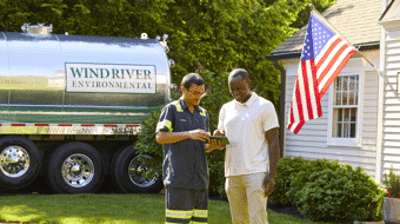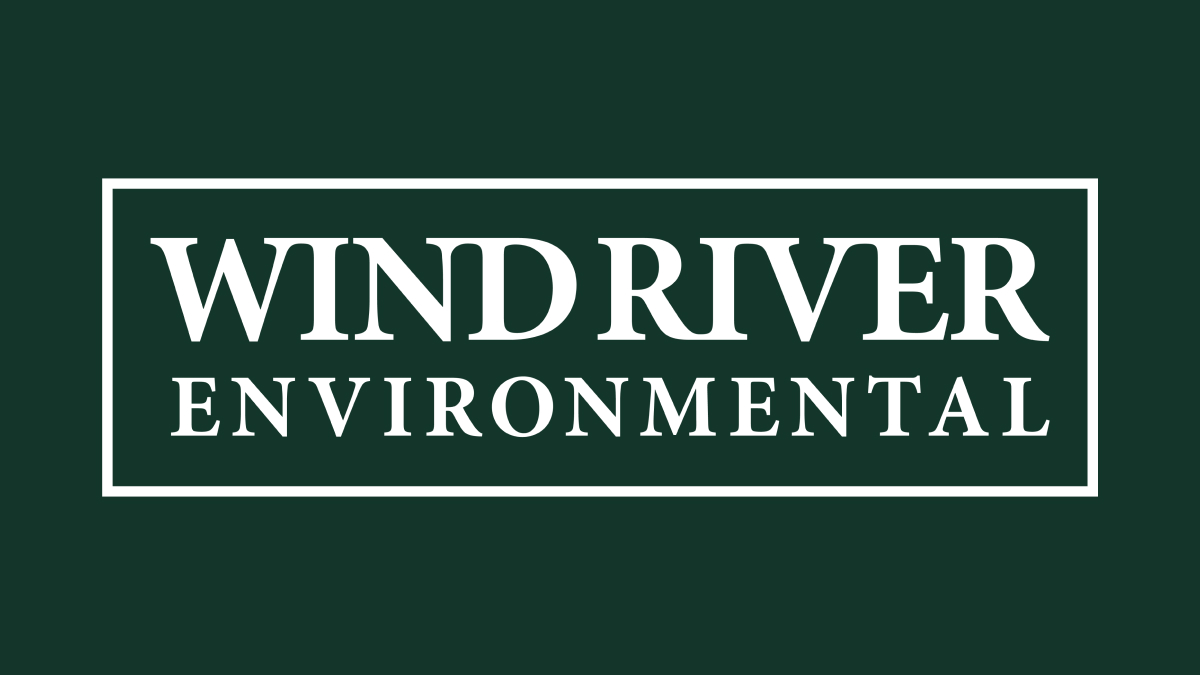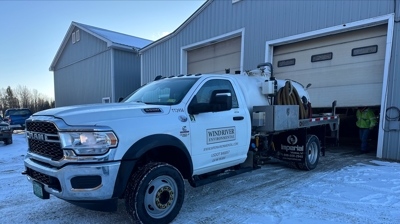Understanding Low Water Pressure Causes
Identifying Common Sources of Low Water Pressure
Struggling with a lackluster shower or a kitchen tap that barely manages a trickle can be frustrating. Often, the culprit behind low water pressure in homes is as mundane as clogged pipes. Over time, minerals and sediment can accumulate, narrowing the path for water to flow. Another common issue is a closed supply valve, which may have been turned off for a repair and not fully reopened. Homeowners should also be aware of faulty pressure regulators, which are designed to stabilize the water pressure but can fail and reduce flow. Lastly, the age-old problem of corroded plumbing can't be ignored; older homes with steel or galvanized pipes are particularly prone to corrosion, leading to blockages and decreased water pressure.
Evaluating the Impact of Municipal Water Supply
While it's easy to assume that low water pressure issues stem from within the home, sometimes the root of the problem lies outside your property line. Municipal water supply issues, such as line breaks, maintenance work, or high demand during peak times, can all lead to a drop in water pressure. To determine if this is the cause, a good first step is to check with neighbors to see if they're experiencing similar issues. If the problem is widespread, it's likely a municipal issue. However, if your home is the only one affected, the cause is probably within your own plumbing system. Understanding where the issue originates is crucial in determining the right course of action to restore proper water pressure.
Diagnosing Your Home's Water Pressure System
Assessing the Water Meter and Main Shutoff
When diagnosing low water pressure, two components often overlooked are the water meter valve and the main shutoff valve. These valves should be fully open to allow maximum water flow into your home. The water meter valve, located near the meter, is typically the responsibility of the water utility company, but it's worth checking to ensure it's not partially closed. Similarly, the main shutoff valve, which you can usually find where the main water line enters the house, may have been turned slightly, reducing the flow. Ensuring both valves are fully open is a simple yet effective step in troubleshooting water pressure woes.
Inspecting Pressure Regulators and Relief Valves
A pressure regulator is a control valve that reduces the input pressure in your plumbing system to a safe level to prevent damage. When it malfunctions, it can either increase pressure to dangerous levels or decrease it to the point where you notice a significant drop at your fixtures. Similarly, a relief valve is designed to protect the system from excessive pressure, but if it's not working correctly, it can contribute to low water pressure. Checking these components involves inspecting for visible damage or leaks and testing the pressure with a gauge. If you're not comfortable performing these checks yourself, it's wise to call in a professional, like those at Wind River Environmental to assess and repair these critical parts of your home's water system.
Practical Solutions to Enhance Water Pressure
Implementing High-Efficiency Fixtures and Aerators
One of the most cost-effective ways to combat low water pressure is by installing high-efficiency fixtures and aerators. These fixtures are specifically designed to operate well under low-pressure conditions, providing a more satisfying flow while conserving water. Aerators, on the other hand, can be added to existing faucets; they introduce air into the water stream, giving the sensation of a fuller flow without actually increasing water usage. This small change can make a big difference in homes with minor pressure issues and is an excellent first step before considering more extensive plumbing work.
Upgrading or Repairing Plumbing Infrastructure
For homes with persistent low water pressure problems, it might be time to consider more significant solutions. Aging pipes can become so narrowed by mineral deposits that water flow is severely restricted. In these cases, upgrading to modern, corrosion-resistant piping can provide a long-term fix. Additionally, compromised plumbing, such as pipes that have burst or are leaking, will need to be repaired promptly to restore water pressure and prevent water damage. While these solutions require a greater investment, the improvement in water pressure and overall plumbing health can be well worth the cost.
Advanced Techniques for Persistent Pressure Problems
Installing Water Pressure Booster Systems
When all conventional methods to resolve low water pressure have been exhausted, it may be time to consider a water pressure booster system. These systems are designed to increase the water pressure coming into your home, ensuring that all fixtures receive a consistent and adequate flow. A booster system is particularly beneficial for homes located at the end of a supply line or on a high elevation where water pressure naturally tends to be lower. However, installing such a system is a task that requires expertise, and homeowners should consult with professionals like Brownie's Septic & Plumbing to determine the best solution for their specific needs.
Exploring Re-Piping and Water Supply Line Options
In some cases, the only way to permanently resolve low water pressure is through more extensive measures like re-piping or replacing the main water supply line. This is especially true for older homes with outdated plumbing systems that can no longer handle the demands of modern water usage. Re-piping involves replacing old pipes with new ones, which can not only improve water pressure but also water quality. Similarly, upgrading the main water supply line can ensure that your home receives a sufficient volume of water from the municipal supply. These solutions are significant undertakings and require the expertise of seasoned professionals, which is why many homeowners turn to trusted local services for such projects.
Maintenance and Prevention Strategies
Regular Cleaning and Descaling of Pipes
Preventative maintenance is key to avoiding low water pressure issues. Regular cleaning and descaling of pipes can help prevent the buildup of minerals and sediment that narrow pipes and reduce flow. This maintenance can be as simple as using a water softener to minimize mineral deposits or as involved as professional descaling services for more severe buildup. By keeping pipes clean, homeowners can extend the life of their plumbing and maintain consistent water pressure. It's a proactive approach that saves time, money, and the inconvenience of unexpected plumbing problems.
Monitoring and Adjusting Pressure Regularly
Another vital aspect of maintaining optimal water pressure is regular monitoring and adjustment. Homeowners can use pressure gauges to keep an eye on their system's performance and make adjustments to the pressure regulator as needed. It's important to note that water pressure should typically be between 40-60 psi. If readings consistently fall outside this range, it may indicate an issue that requires attention. Regular monitoring can catch problems early, preventing more significant issues down the line and ensuring a steady and reliable water supply.
Wind River Environmental
Are you tired of dealing with the annoyance of low water pressure in your home? Don't let your daily comfort be hindered by weak showers and slow-filling sinks. The experts at Wind River Environmental are here to provide top-notch solutions, from simple aerator installations to comprehensive re-piping services. Contact us today to discover how we can enhance your home's water pressure and keep your plumbing in peak condition. Let's turn that trickle into a torrent and restore the flow to your home life!


.2410211227383.jpg)


